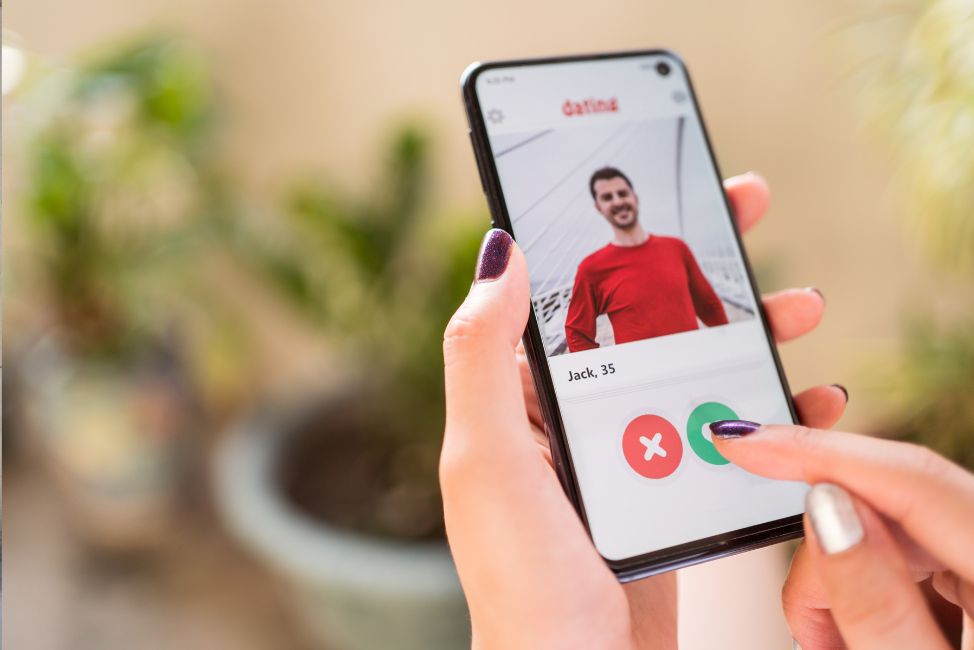In today’s digital and artificial intelligence (AI) era, the world of employee recruitment has undergone unprecedented changes. In the past, companies looked for potential employees through job advertisements in newspapers or by attending crowded job fairs. Some newspapers even provided several pages specifically for job advertisements.
Now, many companies and job seekers prefer online platforms. It’s not uncommon for the experience of using job search sites to be compared to dating apps like Tinder—swipe right to continue, swipe left to skip. But is recruitment really that simple?
Employee Recruitment and Dating Apps
Comparing the recruitment process to dating apps actually makes sense. After all, both aim to “find a match” between two parties. Companies and job applicants in recruitment, or two people in the dating world. Additionally, both candidate profiles on job platforms and profiles on dating apps are often created to attract attention, highlight strengths, and hide weaknesses.
In an instant, recruiters using digital recruitment platforms like LinkedIn, Jobstreet, or Glints can easily “swipe” through hundreds of profiles. Similarly, on dating apps, users can quickly become interested based on a photo and a brief description. The key is speed. However, this is where the problem begins.
In reality, many recruiters get caught up in the “swipe” mentality when screening candidates. They quickly glance at a resume, look for specific keywords, and then immediately decide: pass or no pass. This method is indeed efficient, especially when dealing with hundreds or even thousands of job applications. However, the consequences can be severe: potential talents who are not skilled at showcasing themselves through writing are overlooked.
On the other hand, it’s not uncommon for candidates with impressive resumes to fail to meet expectations when they actually start working. It’s similar to online dating, where photos and profile descriptions don’t always reflect reality.
Similar but Different

Looking for a partner on a dating app is vastly different from recruiting candidates in the workplace. In romantic relationships, personal compatibility, shared values, and emotional attraction are prioritized. In employee recruitment, however, considerations are broader: technical competencies, growth potential, work ethic, cultural fit, and willingness to grow with the team.
Choosing an employee is not just about a momentary “click.” It is an important decision that affects team performance, the work environment, and even the future of the company. If an organization gets caught up in the “swipe” mentality of dating apps, the selection process can become rushed and superficial. In fact, finding the best talent requires a comprehensive and well-planned approach.
Just as users of dating apps upload their best photos and present themselves in the best possible light, candidates also design their CVs and LinkedIn profiles in a similar way. They strive to highlight an attractive, outstanding, and professional image. However, does this profile truly reflect their performance in the workplace?
Many recruiters understand that a candidate’s suitability is not solely determined by technical skills. Personality, motivation, mindset, and values also play a significant role in someone’s success at work. Unfortunately, these aspects are difficult to gauge through a resume or online profile alone.
That’s why the employee recruitment process can’t just rely on “swiping” like on a dating app. In-depth interviews, psychological or competency tests, reference checks, and even a trial period in various situations are still necessary.
First Impressions: Not Always Accurate
In fact, “swiping” can have negative consequences for recruiters. What are the negative impacts? At least two. First, it is prone to bias. In the “swipe” process, decisions are made in an instant. Unfortunately, this method is susceptible to bias, whether based on name, age, educational institution, or photo appearance. As a result, recruiters may unconsciously overlook qualified candidates solely based on first impressions, which may not be accurate.
Second, unfairness in the employee recruitment process. Those who easily advance to the next stage are candidates who know how to “sell themselves” (not that this isn’t important). Meanwhile, candidates who struggle to build an appealing digital profile may be overlooked.
Therefore, recruiters must conduct candidate searches in a more meaningful way. How can this be done?
1. Don’t eliminate the human touch
AI and recruitment platforms do streamline the initial process. However, technology should not replace the human touch. Don’t let technology be the sole determinant of the right candidate; use it only to screen. In other words, prioritize the human touch. Use technology as a tool.
2. Employer Branding
Just like in the dating world, candidates don’t want to deal with companies that have a bad reputation or are unclear. Strong employer branding not only attracts top candidates but also filters out those who align with the organization’s values and culture.
3. Prioritize soft skills and cultural fit

The trend in employee recruitment is shifting from simply pursuing hard skills to assessing potential and cultural fit. Behavioural interviews and personality assessments are key to finding the right candidates.
Don’t be too quick to “swipe left” on candidates whose profiles are less than perfect. Sometimes, candidates who don’t look perfect on paper turn out to be stars in the field. The opposite is also true.
Conclusion
For dating apps, the “swipe” feature is simple, fast, and relies on first impressions. However, in employee recruitment, first impressions alone are not enough. A deeper approach, more careful consideration, and a long-term orientation are needed.
Ultimately, finding the best candidate to fill a position in an organization isn’t about who looks the coolest, but about who can truly grow with the organization. This means that both the organization and the people within it must progress together—it can’t be one or the other.
Related Posts:
Golden Shackles: Employee Retention Strategy or Career Shackles?
Climbing the Ladder or Skill Expansion? The Career Dilemma of Today’s Employees
Social Footprint Check: When Digital Footprints Determine a Person’s Career Fate
Psychological Tests Aren’t Enough: The Importance of Mentorship and Reverse Mentoring in Talent Management
Social Isolation in the Era of Remote/Hybrid Work: How HR Builds Human Relationships











